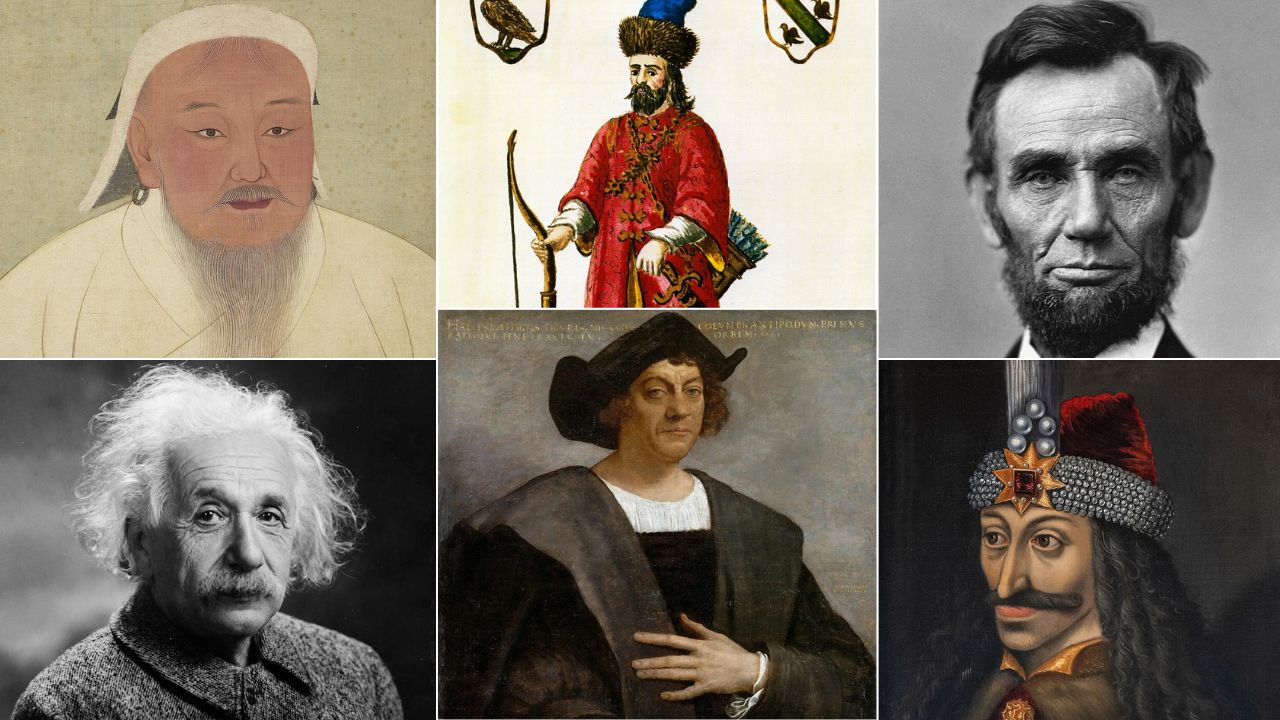History often romanticizes or dramatizes its most famous figures, creating stories that may stray far from reality. The myths surrounding these individuals have shaped popular culture, yet understanding the truth provides a clearer picture of their lives, decisions, and contributions. By examining historical records, letters, and scholarly research, we can separate fact from fiction. Here are 15 historical figures whose real stories differ significantly from the legends.
1. Cleopatra VII
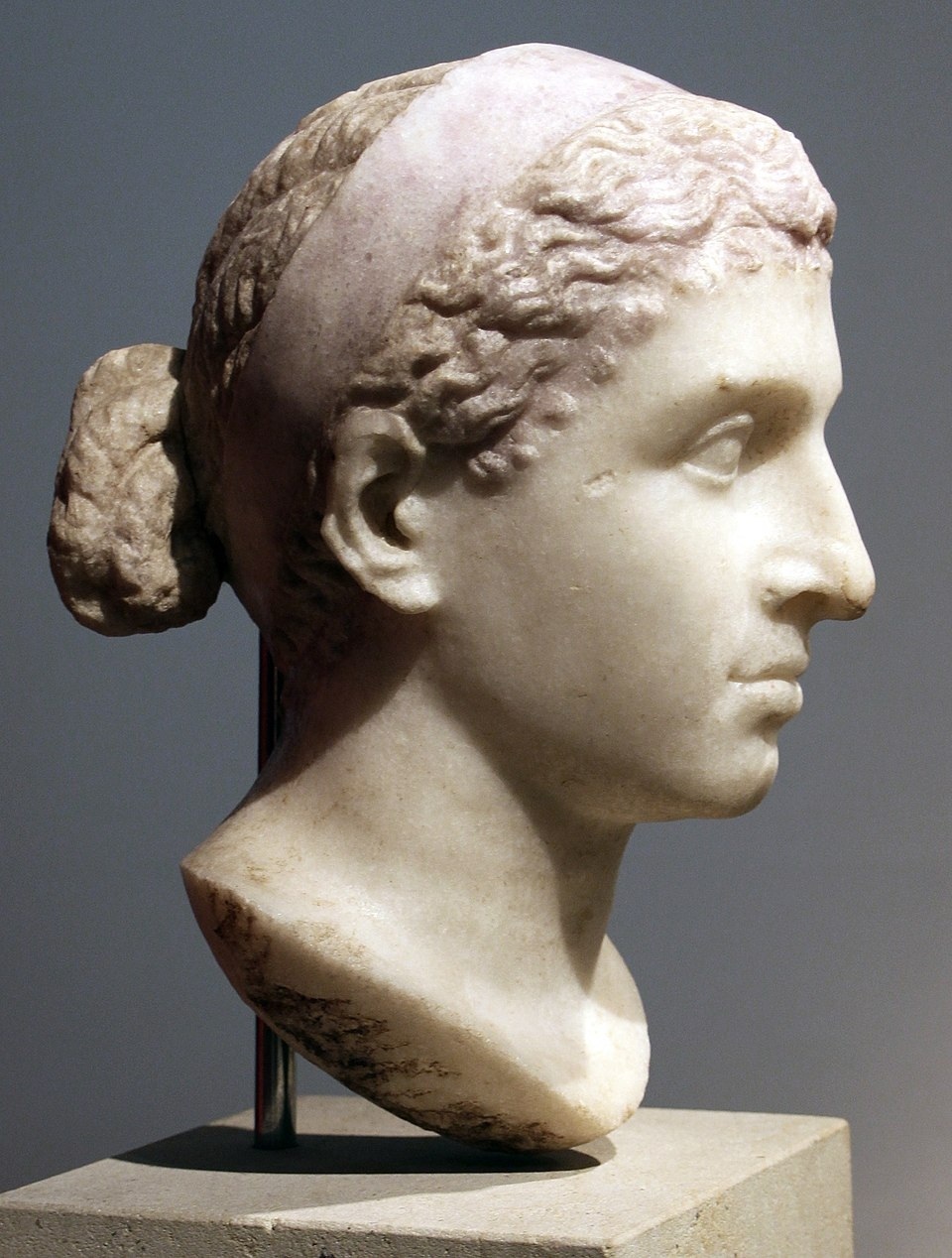
Legend: Cleopatra was a seductress who manipulated powerful men with her charm.
Reality: Cleopatra VII (69–30 BC), the last Pharaoh of Egypt, was highly educated, multilingual, and politically savvy. She forged alliances with Julius Caesar and Mark Antony to protect her kingdom and maintain Egypt’s independence. Ancient sources note her intelligence and leadership skills rather than just her personal relationships, showing she ruled through strategy as much as through diplomacy.
2. Napoleon Bonaparte

Legend: Napoleon was extremely short.
Reality: Napoleon Bonaparte (1769–1821) stood about 5’7”, which was average for French men at the time. The myth of his short stature came from British propaganda and confusion between French and English measurement units. Despite his size, he commanded armies with tactical genius, conquering large parts of Europe and reshaping the continent’s political landscape through treaties and administrative reforms like the Napoleonic Code.
3. Joan of Arc
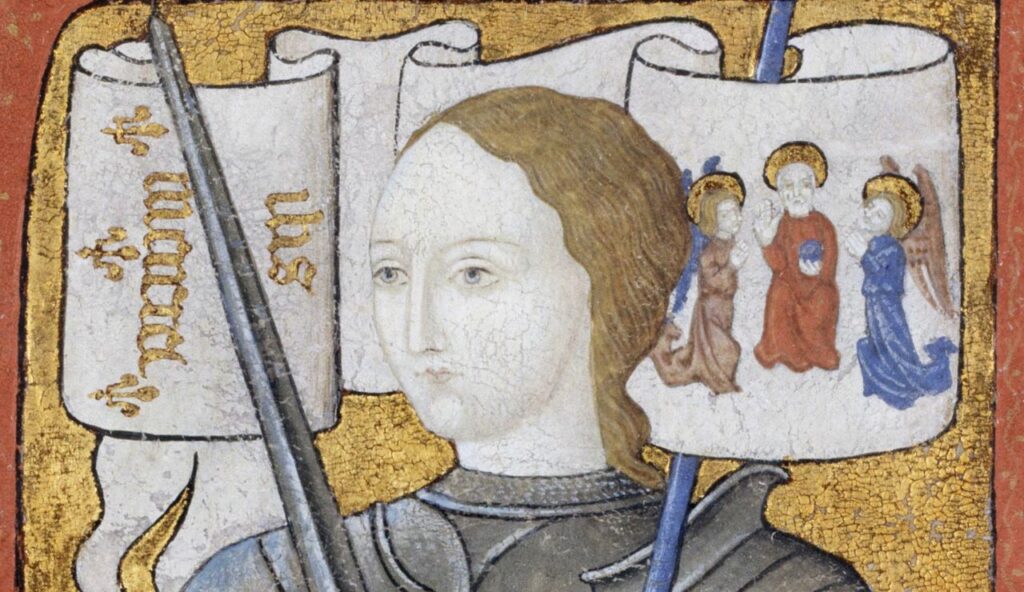
Legend: Joan of Arc single-handedly led French armies into battle.
Reality: Joan of Arc (1412–1431) inspired French troops during the Hundred Years’ War with her visions and leadership, but she did not physically fight on the front lines in most battles. Her role was symbolic and religious, providing morale and strategic guidance, which ultimately helped lift the Siege of Orléans in 1429. Her execution at age 19 turned her into a martyr and later a canonized saint in 1920.
4. Vlad the Impaler
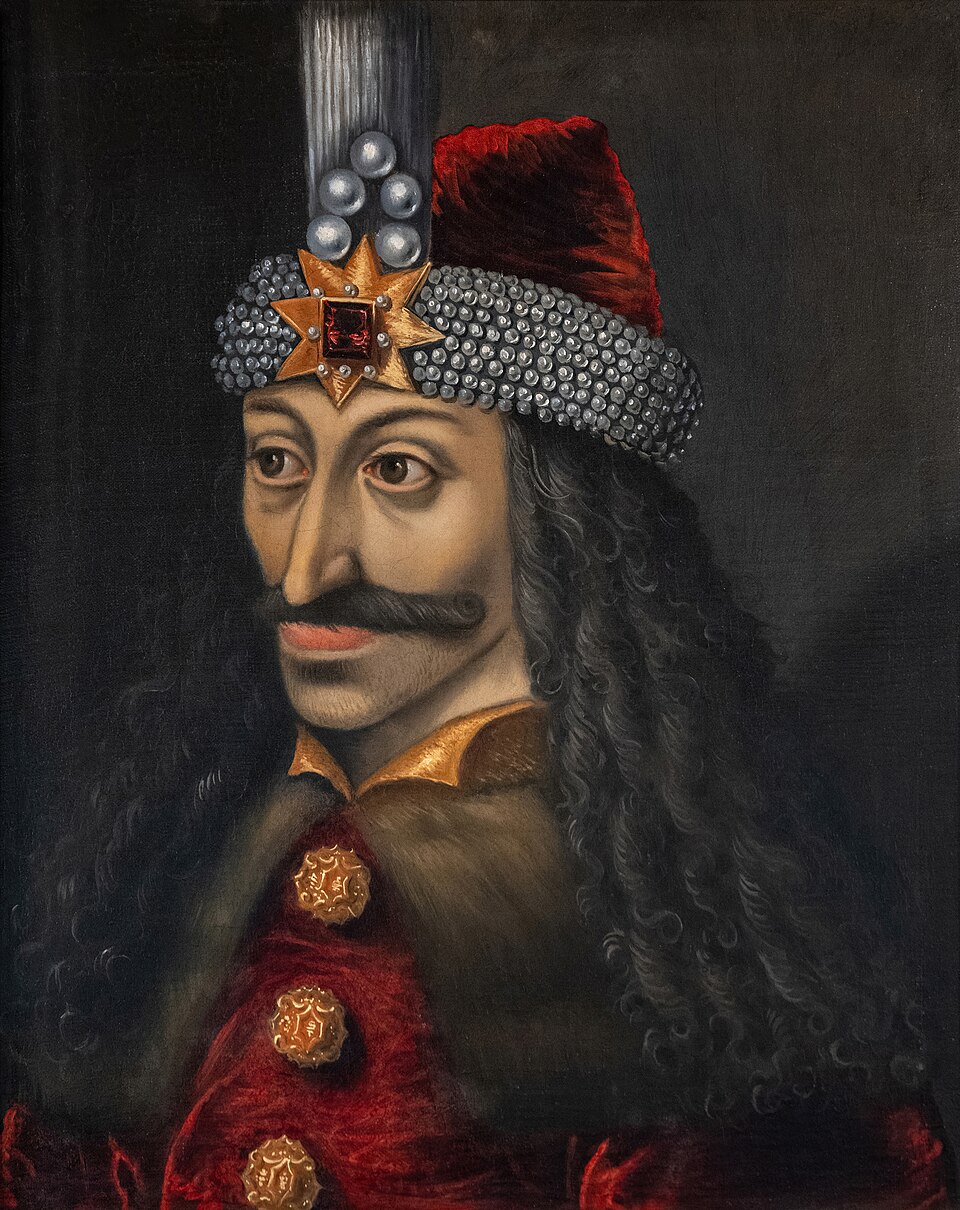
Legend: Vlad III, known as Dracula, was a bloodthirsty tyrant obsessed with cruelty.
Reality: Vlad the Impaler (1431–1476) ruled Wallachia with brutal methods primarily to maintain political control and defend against the Ottoman Empire. Chroniclers exaggerated his punishments, which later inspired Bram Stoker’s fictional vampire. Vlad’s harsh tactics were intended to stabilize his region rather than indiscriminate evil, illustrating the difference between legend and historical context.
5. Marie Antoinette
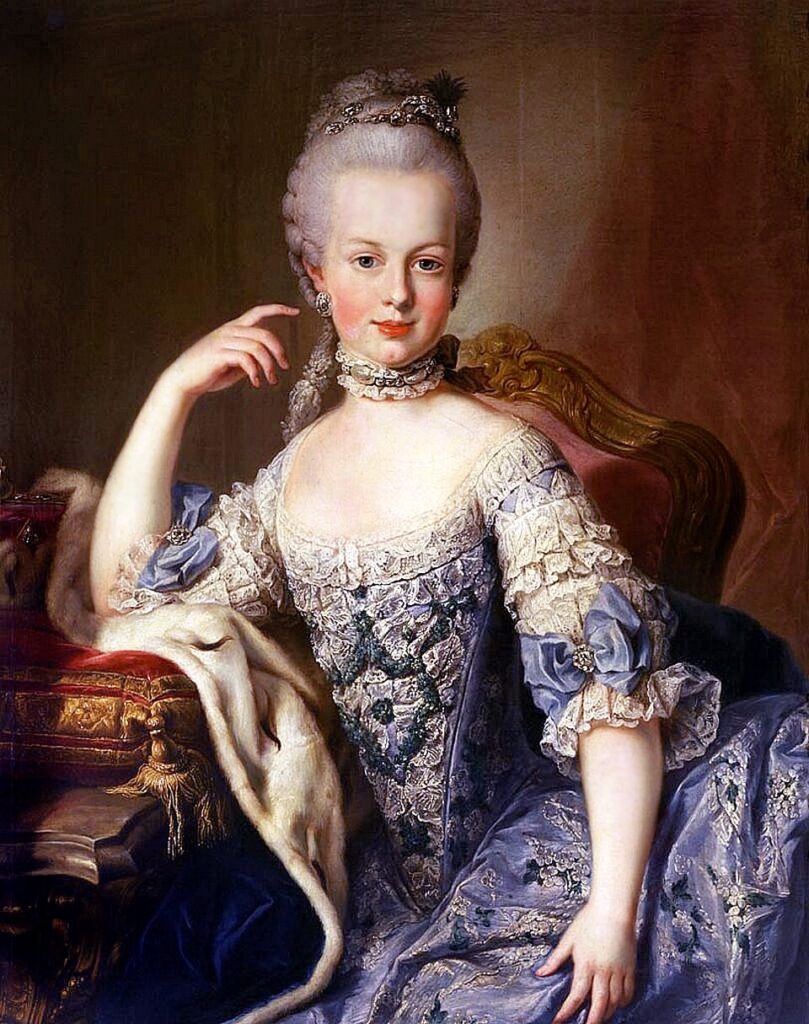
Legend: Marie Antoinette said, “Let them eat cake.”
Reality: There is no historical evidence that Marie Antoinette (1755–1793) uttered this phrase. The French Queen was scapegoated during the Revolution as a symbol of royal excess. In reality, she engaged in charitable work and attempted to mediate political conflicts, but centuries of propaganda transformed her into a caricature of extravagance.
6. Genghis Khan
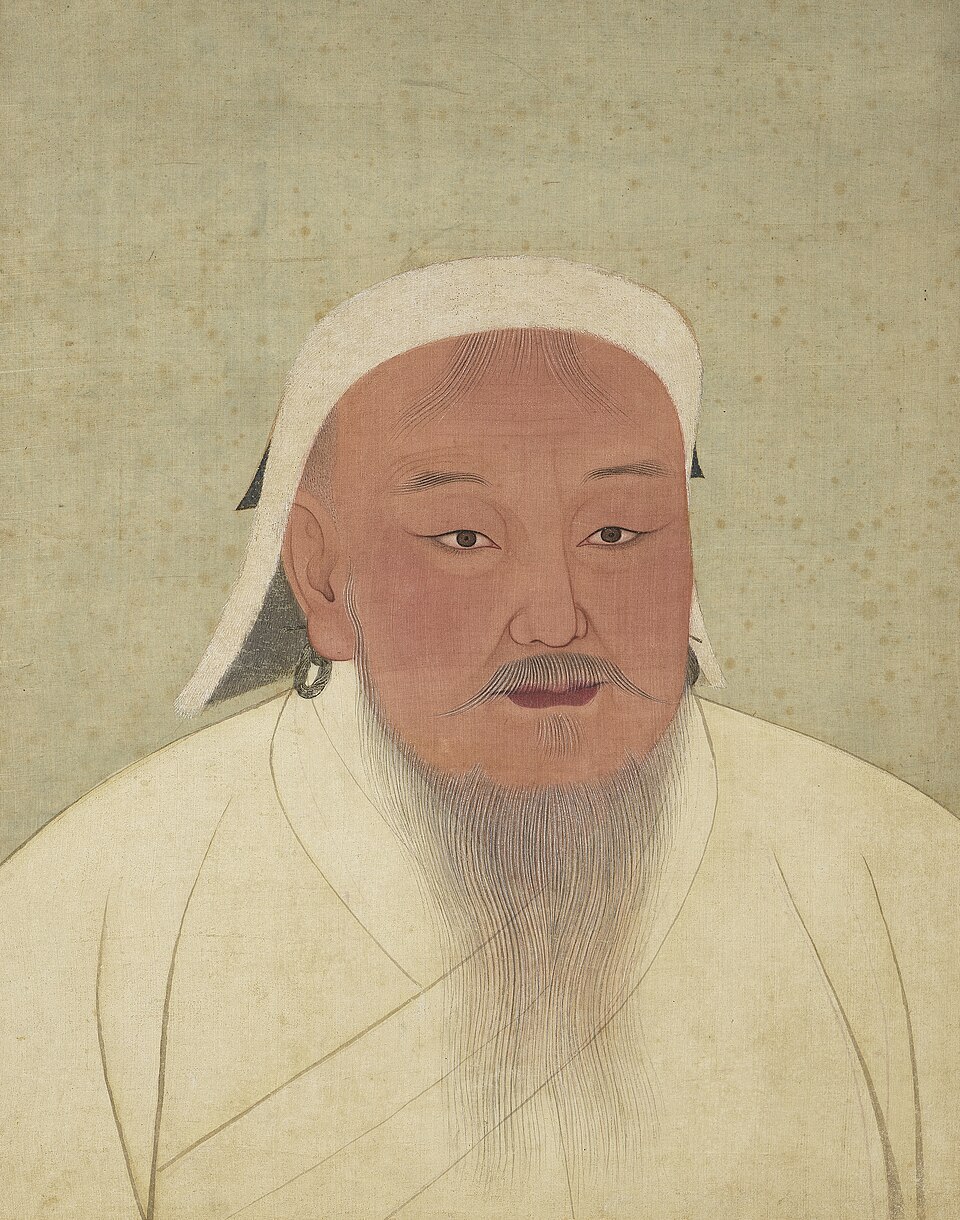
Legend: Genghis Khan was an uneducated, barbaric conqueror.
Reality: Temüjin (c. 1162–1227) united the Mongol tribes into a powerful empire. He established trade routes, promoted literacy and religious tolerance, and implemented laws codifying governance and military organization. While his campaigns were violent, his political innovations and administrative structures influenced Asia and Europe for centuries.
7. Albert Einstein
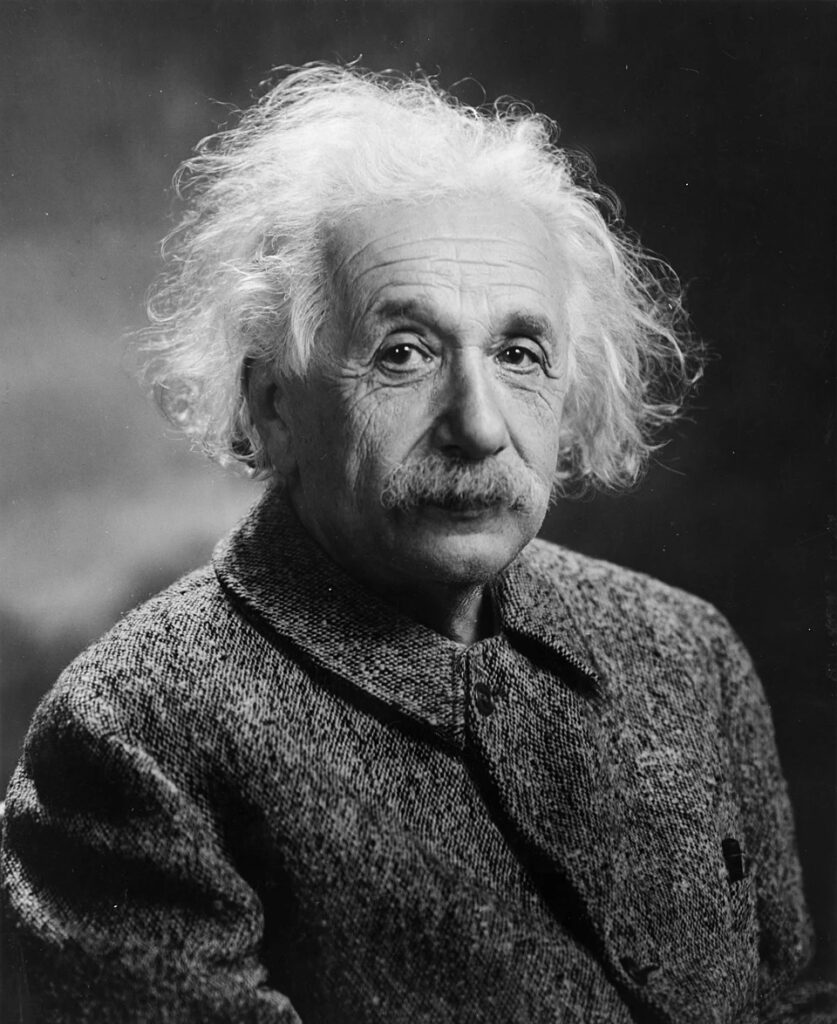
Legend: Einstein failed math in school.
Reality: Albert Einstein (1879–1955) excelled in mathematics from an early age. He struggled only with subjects like French, not mathematics or physics. His genius lay in theoretical work, such as the special and general theories of relativity, which transformed our understanding of space, time, and energy.
8. Winston Churchill

Legend: Churchill was always the confident, unshakable wartime leader.
Reality: Winston Churchill (1874–1965) battled depression, which he described as his “black dog.” He also had significant political setbacks before rising to prominence in World War II. His leadership, however, combined eloquence, strategic insight, and resilience, making him one of Britain’s most respected leaders despite personal and political challenges.
9. Abraham Lincoln

Legend: Lincoln always opposed slavery from the start.
Reality: Abraham Lincoln (1809–1865) initially focused on preserving the Union during the Civil War. He evolved politically, issuing the Emancipation Proclamation in 1863 to free enslaved people in rebel states. Lincoln’s careful, measured approach shows that his leadership was pragmatic, balancing moral convictions with political realities.
10. Christopher Columbus
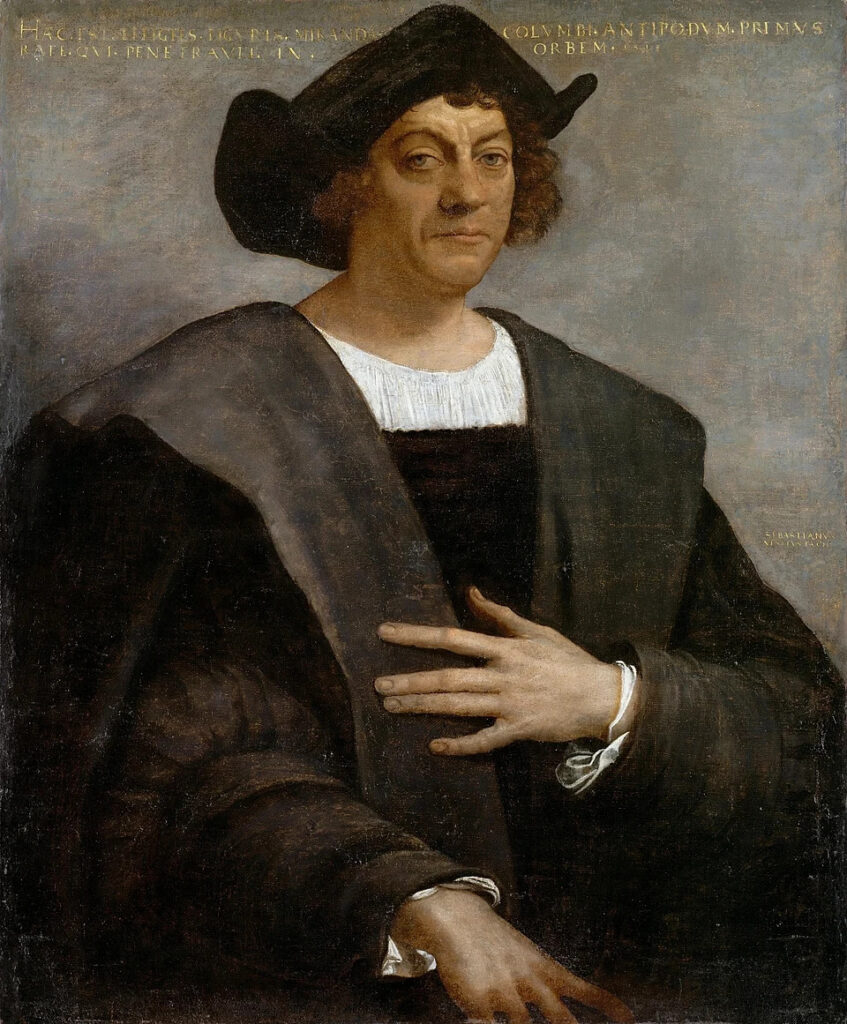
Legend: Columbus “discovered” America.
Reality: Christopher Columbus (1451–1506) never reached mainland North America, landing in the Caribbean instead. Indigenous peoples had inhabited the Americas for millennia. Columbus’s voyages did, however, open European trade routes across the Atlantic and marked the beginning of sustained European colonization in the Western Hemisphere.
11. Queen Elizabeth I
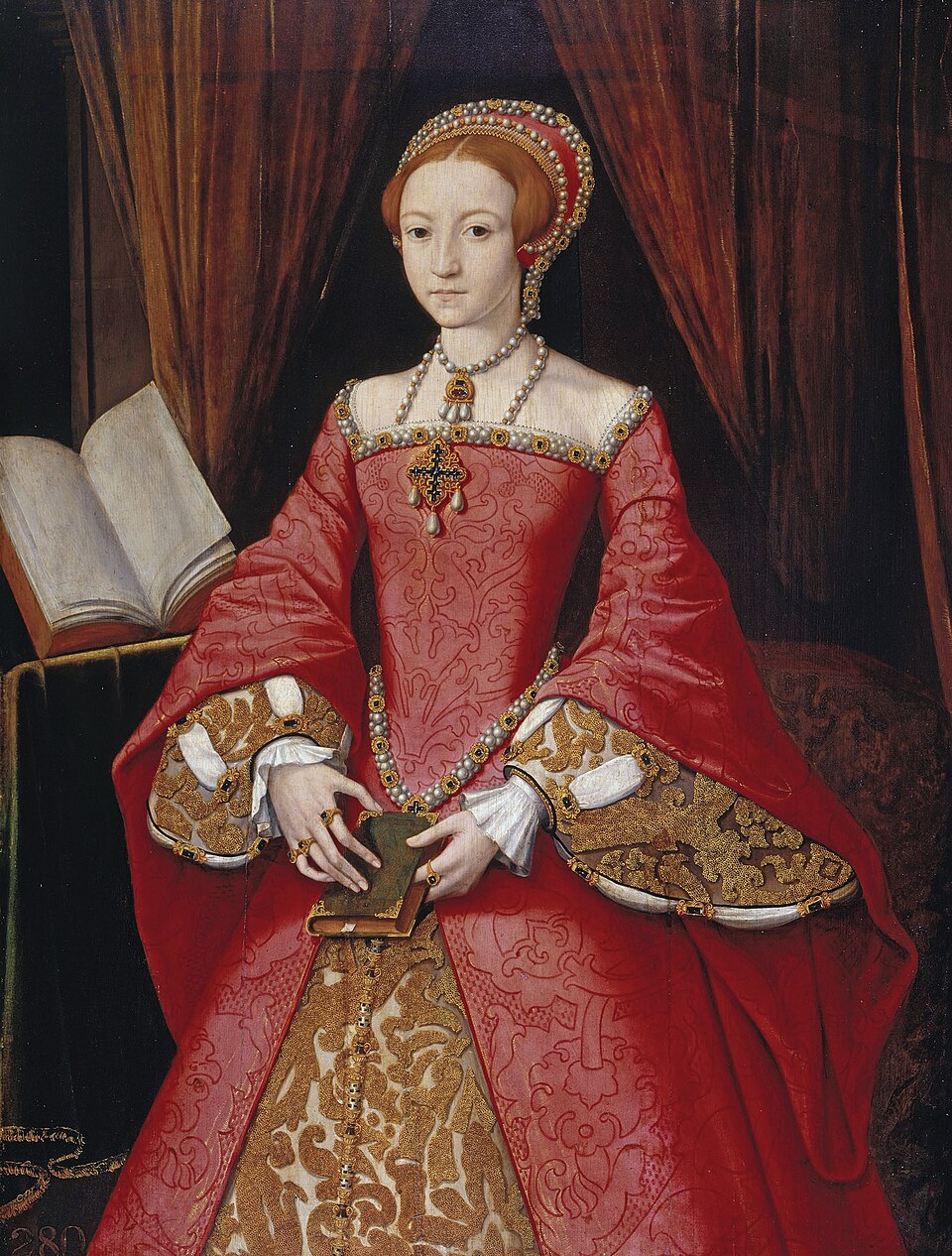
Legend: Elizabeth I ruled alone without challenge.
Reality: Queen Elizabeth I (1533–1603) faced constant political threats, religious pressure, and court intrigue. She balanced diplomacy, espionage, and political alliances to maintain her rule and protect England from foreign invasions. Her reign, known as the Elizabethan Era, was marked by cultural flourishing, naval expansion, and complex governance, not just personal authority.
12. Leonardo da Vinci
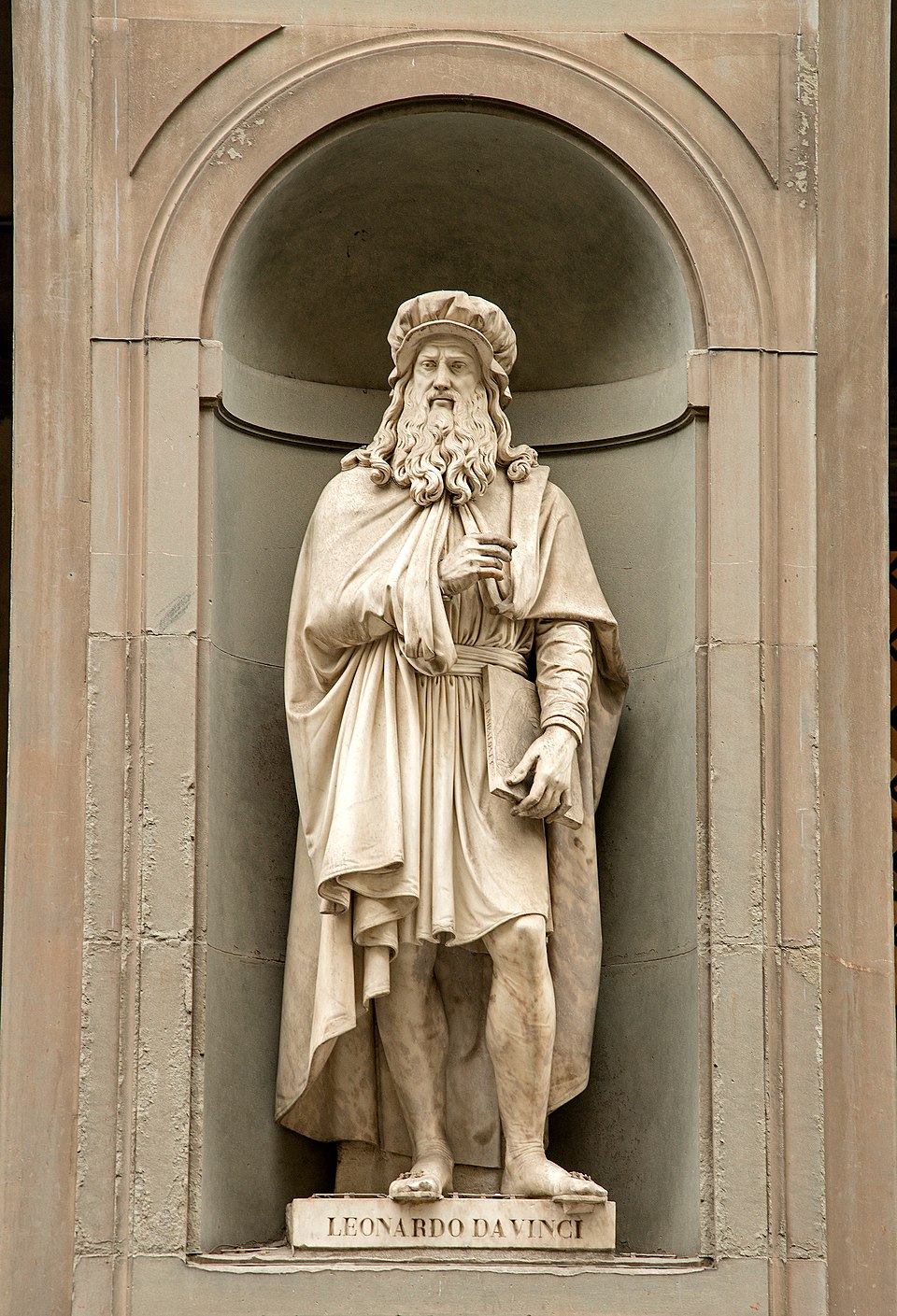
Legend: Leonardo was perfect in every discipline.
Reality: Leonardo da Vinci (1452–1519) was brilliant in art, anatomy, and engineering, but he left many projects unfinished, including mechanical designs and paintings. His notebooks reveal curiosity and experimentation, but also repeated trial and error. His genius lay in creativity and observation, not flawless execution.
13. Benjamin Franklin
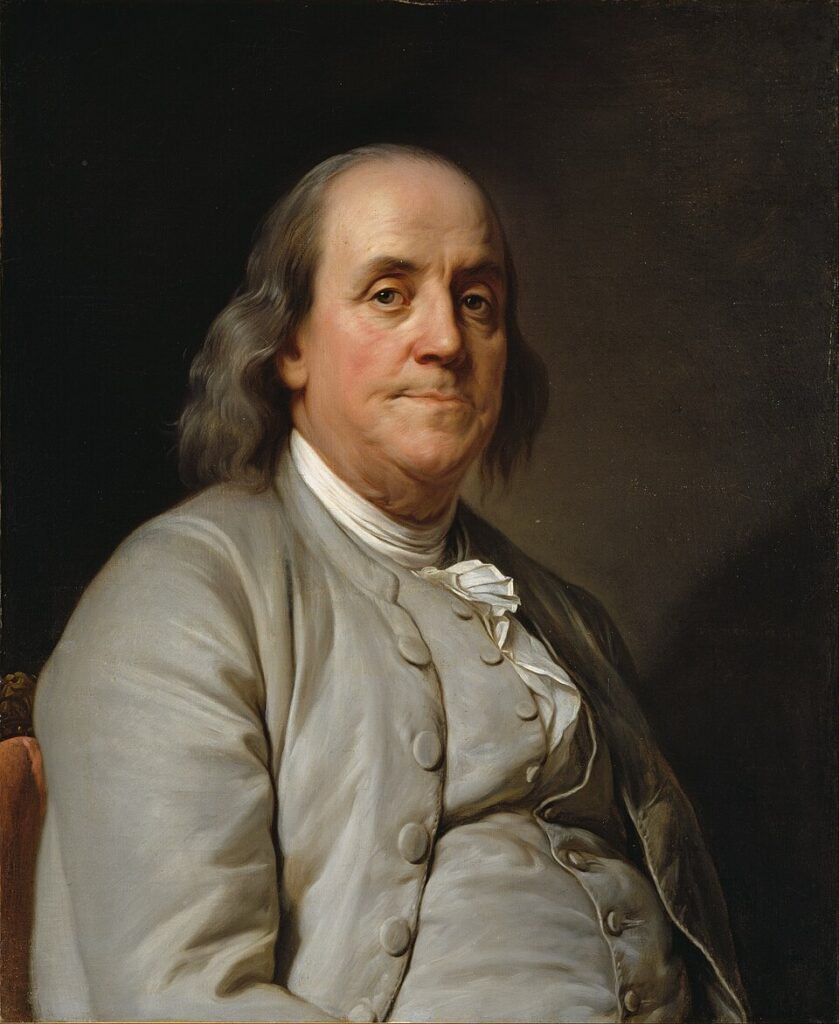
Legend: Franklin was a solitary genius with all answers.
Reality: Benjamin Franklin (1706–1790) thrived through collaboration and experimentation. His diplomacy in France during the American Revolution, scientific experiments with electricity, and civic initiatives like founding the first public library show his success depended on networks, negotiation, and practical problem-solving.
14. Marco Polo
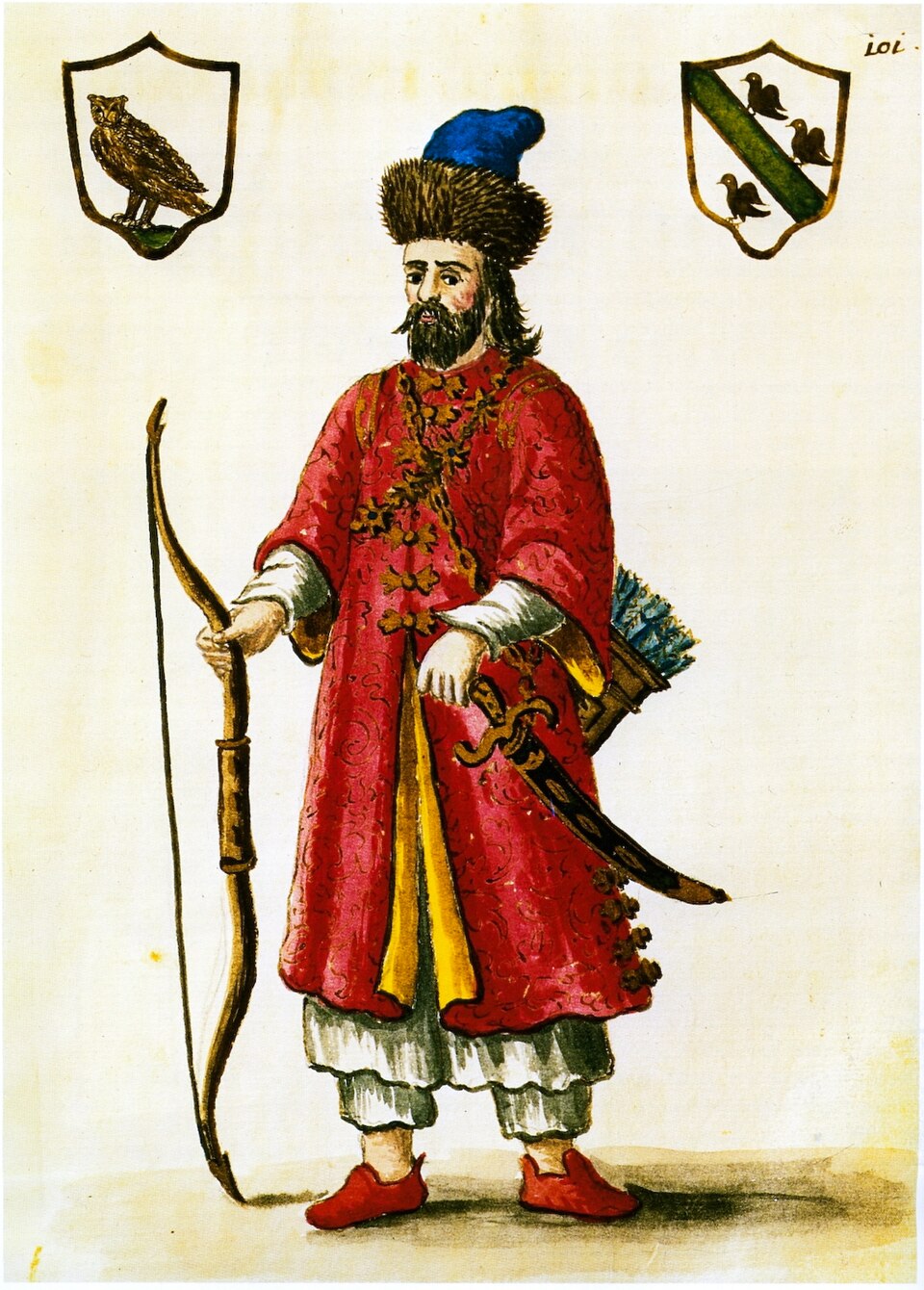
Legend: Marco Polo traveled alone and documented everything accurately.
Reality: Marco Polo (1254–1324) traveled with family members and merchants, and some historians question the accuracy of his accounts. His book The Travels of Marco Polo contains stories heard from others and exaggerations. Despite this, it provided Europeans with unprecedented knowledge of Asia and inspired centuries of exploration.
15. King Arthur
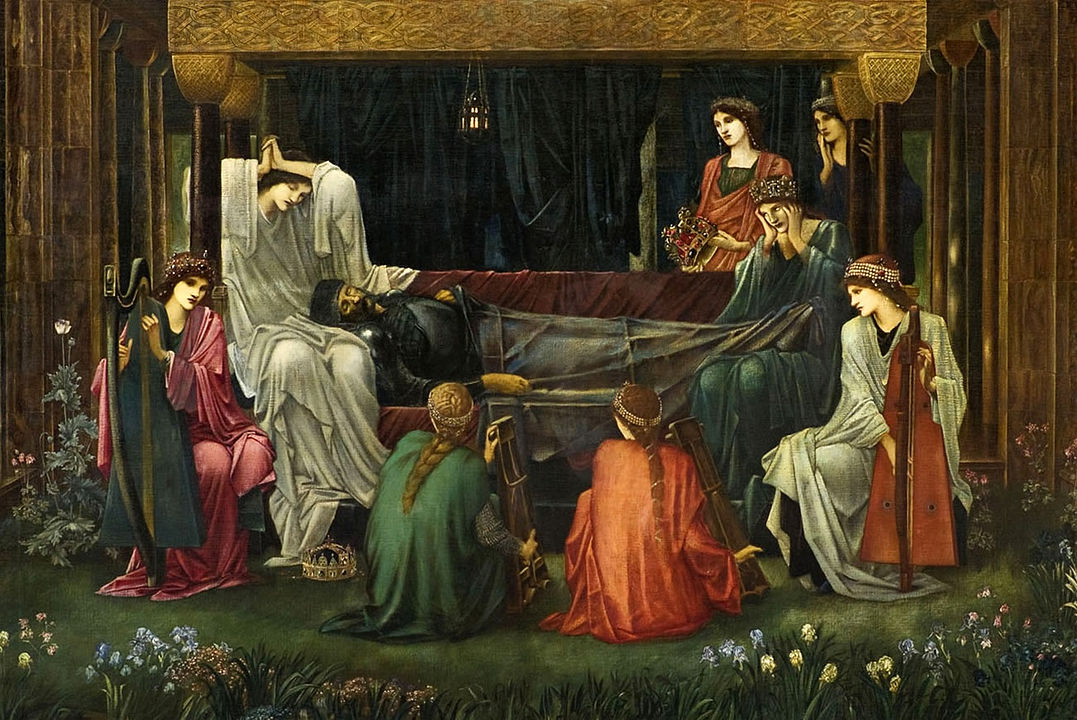
Legend: King Arthur was a real king who wielded Excalibur and united Britain.
Reality: King Arthur is largely mythical. Medieval texts combine folklore, oral history, and literature to construct the legend. While there may have been early leaders inspiring the stories, Arthur as popularly imagined is a blend of myth, morality tales, and literary invention.
